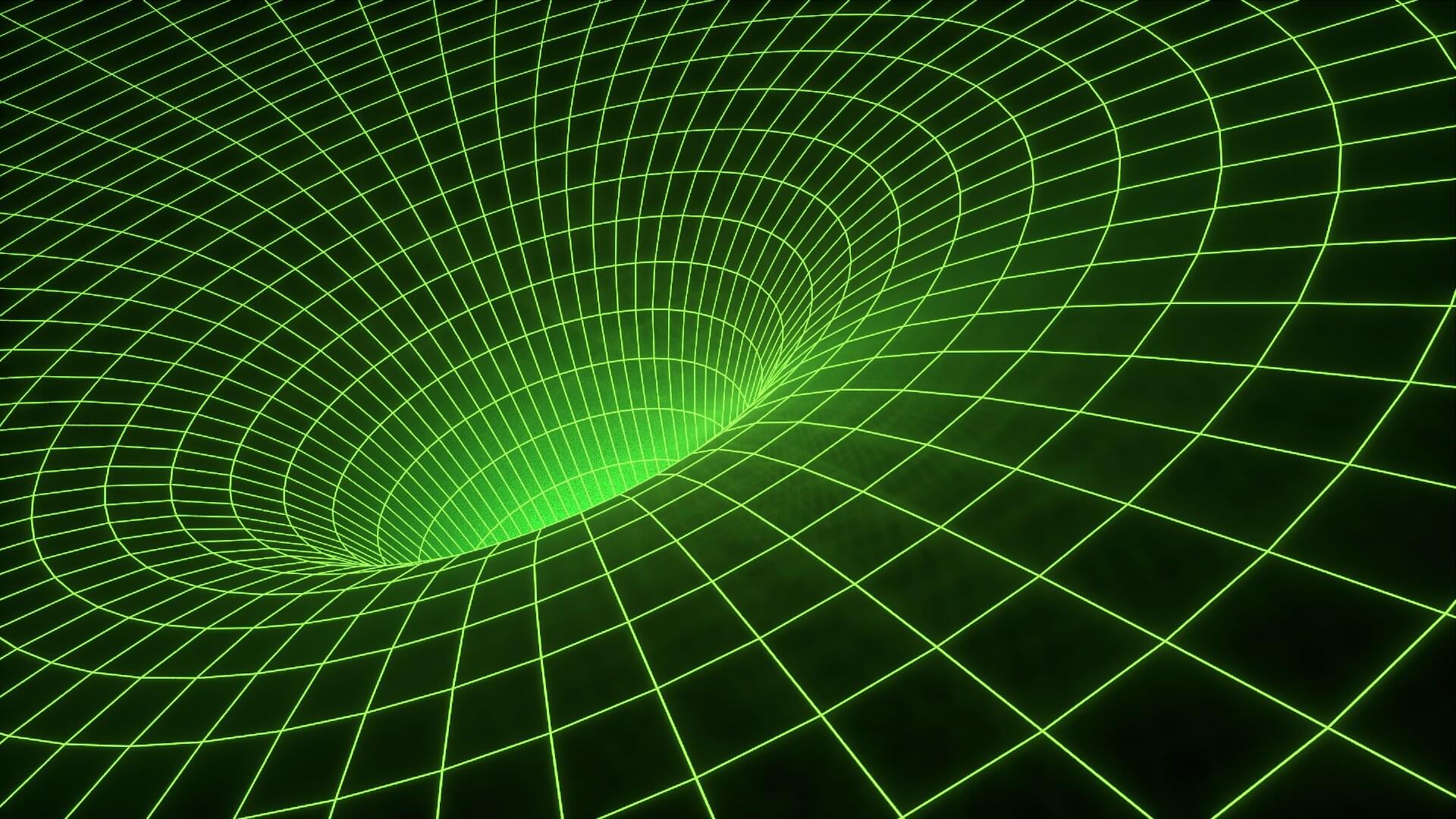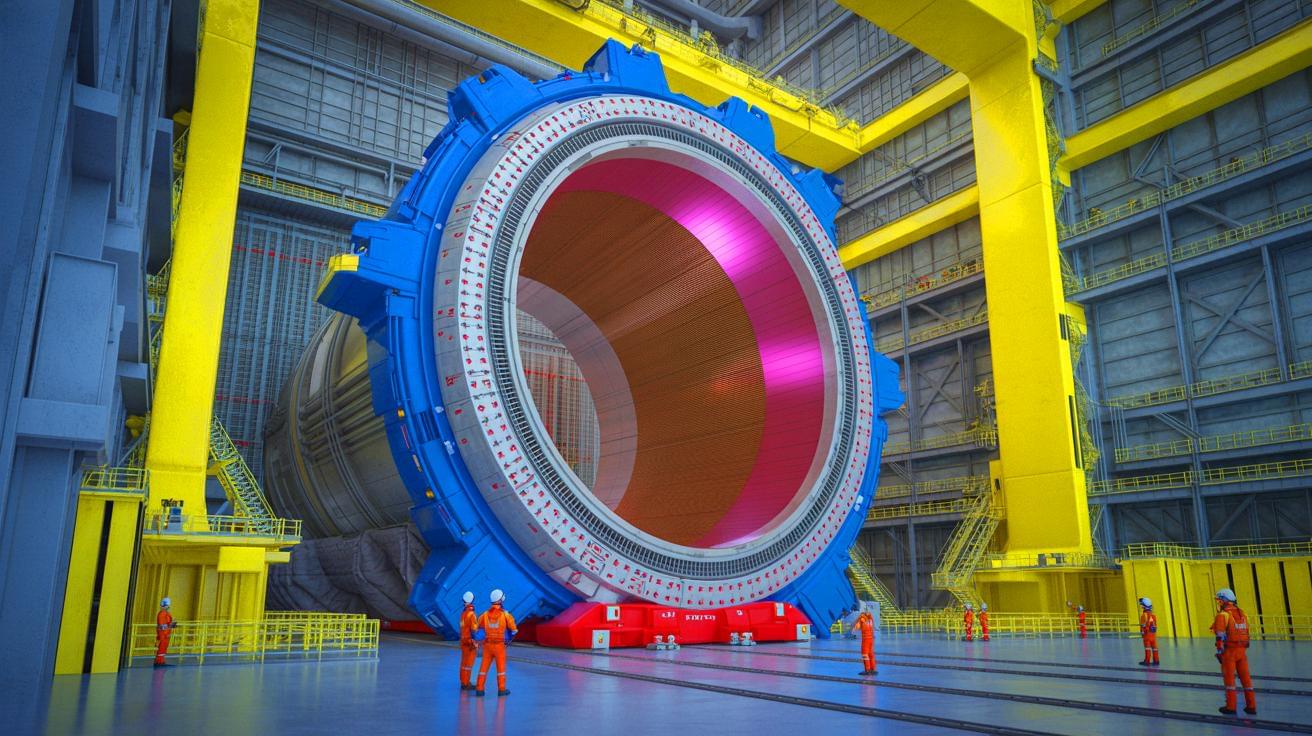The dike’s seemingly unstoppable ascent meant “there was a possibility that magma would reach the shallow seafloor,” says Isken—which could cause some explosive activity. Fortunately, the dike lost momentum, and the crisis came to an end.
Most dike injections fail to cause eruptions, and this one was no different. “There probably wasn’t enough magma in it, and it wasn’t buoyant enough, to hit the surface,” says Yeo.
While this incursion ended prematurely, others might not. And sketching out other aspects of the plumbing help will help researchers track dangerous magma in real time and warn locals.







